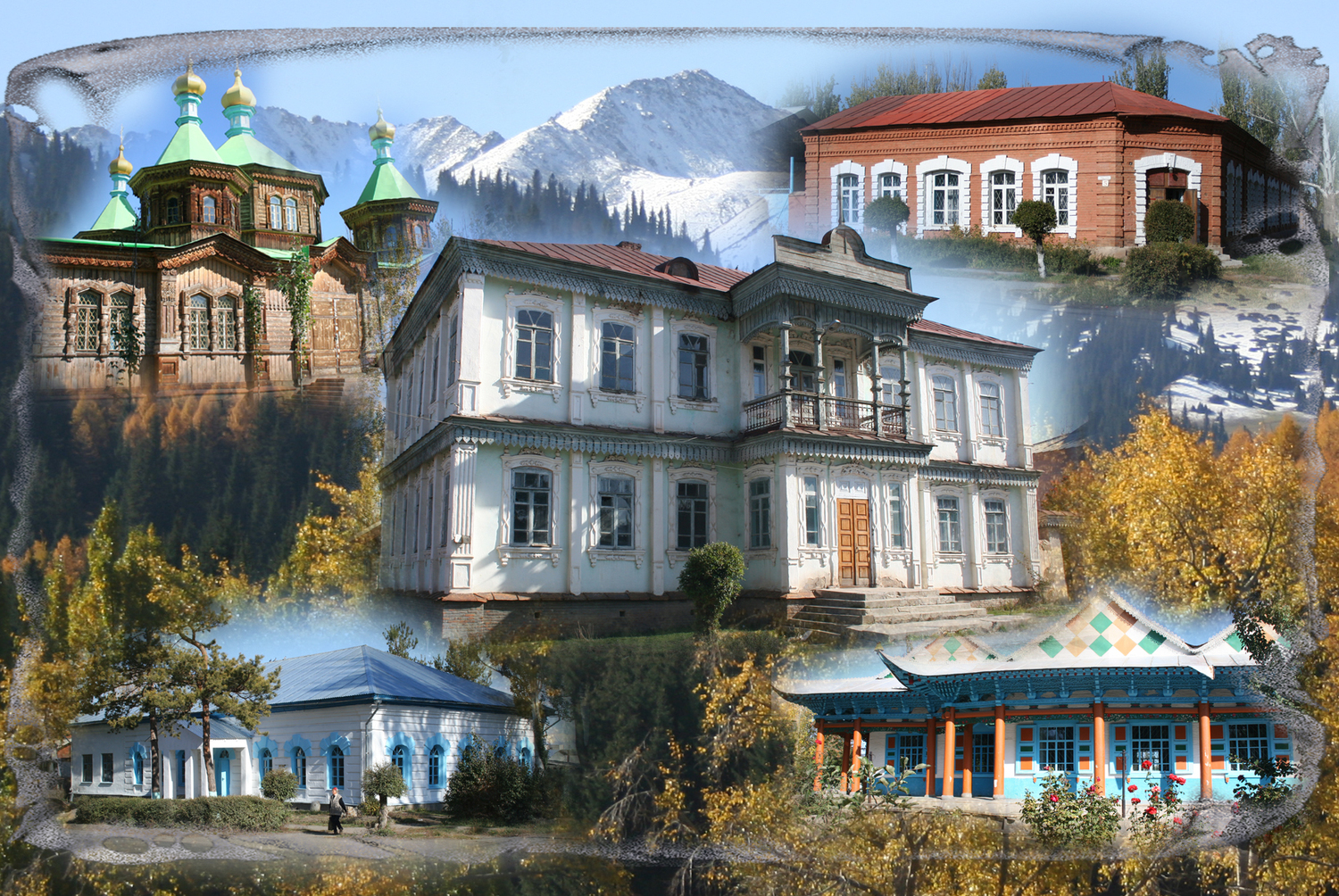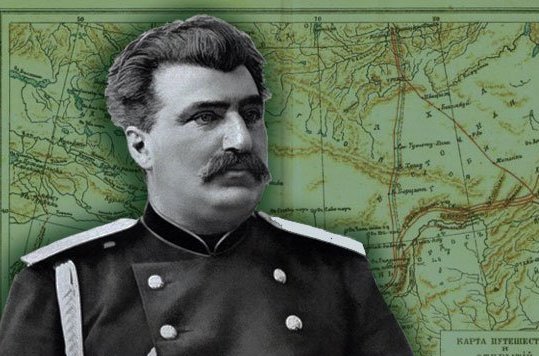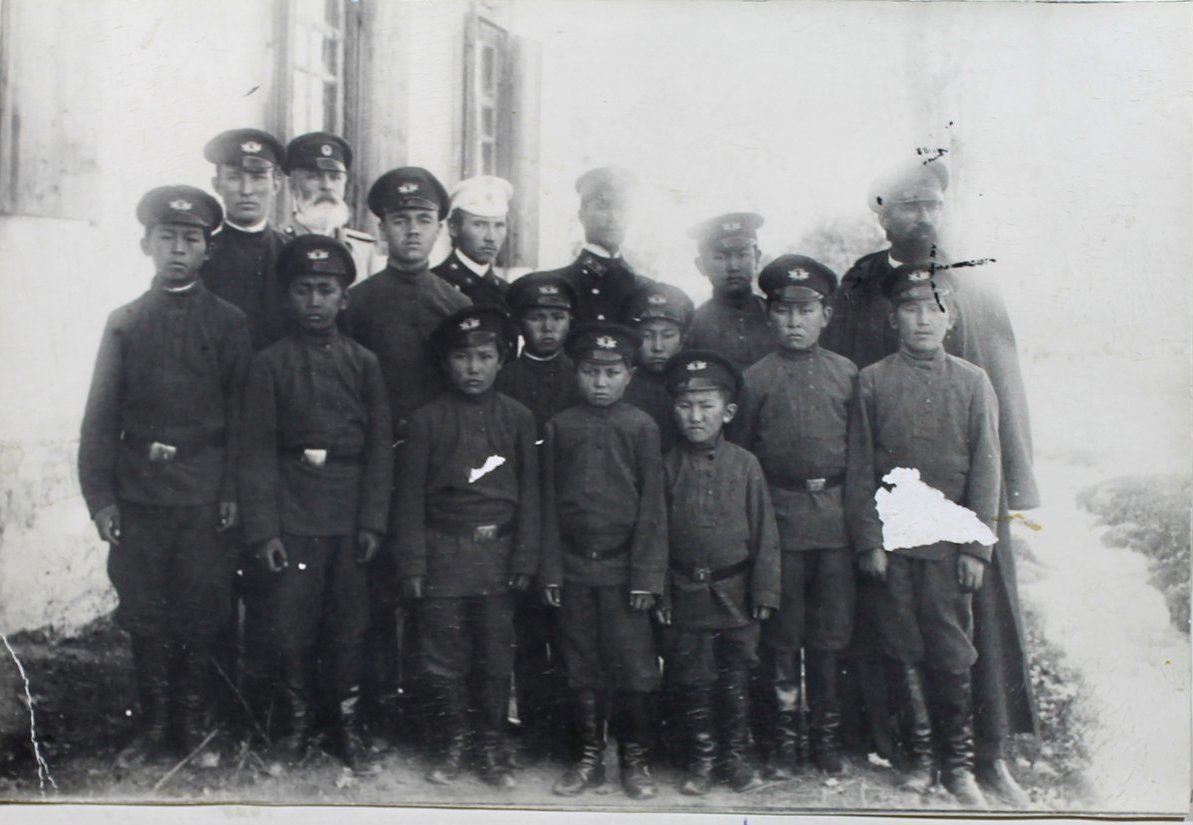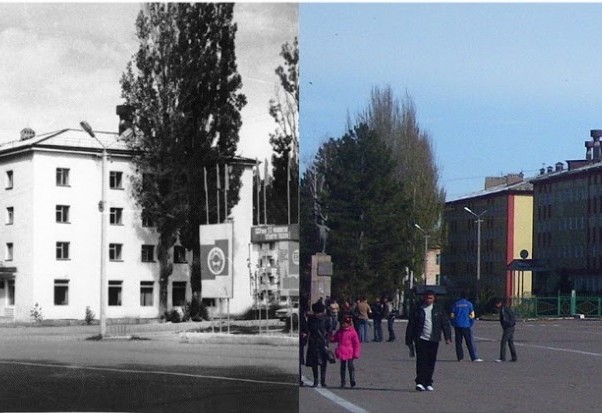- Visit Karakol, Kyrgyzstan, Karakol
- +996 551 451515
- info@visitkarakol.com
People of the city Karakol
How well do we know our city, its sights, the people who worked there and made it famous?
To recall the people who left a mark in the history of Karakol is our duty to our descendants.
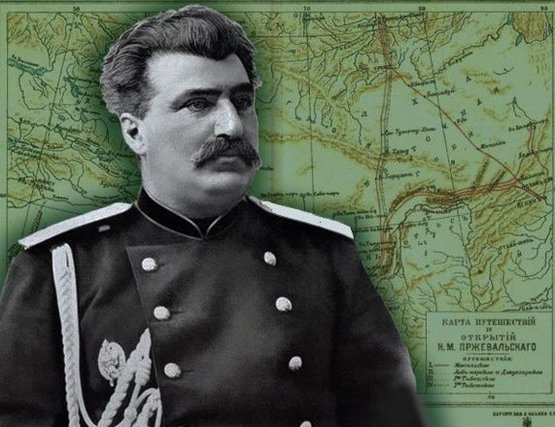
LOCATED AT THE VERY EDGE OF UNEXPLORED LAND, KARAKOL WAS A STARTING POINT FOR THE EXPEDITIONS OF GREAT TRAVELERS-GEOGRAPHERS.
One of them was an outstanding Russian traveler and geographer, an honorary member of the Petersburg Academy of Sciences, Major-General Nikolai Mikhailovich Przhevalsky.
N.M. Przewalski is one of the greatest travelers in the history of mankind. During his lifetime, he was awarded a specially stamped gold medal with his own bas-relief with the inscription: "To the First Researcher of Central Asia".
From Central Asia, Przhevalsky brought a herbarium of 16,000 plant specimens, of which more than two hundred species were still unknown to science at the time. He discovered 30 new species of birds and 4 mammals: the wild camel, the wild horse, the wild yak and a species of mountain rams. His zoological collection consisted of seven and a half thousand stuffed animals, birds and amphibians, while the collection of insects contained ten insects completely new to science. With exceptional accuracy, he conducted meteorological observations and presented the first information on the climate of the Central Asian mountains and plains.
The best monument to Przhevalsky's heroic life is considered to be the example he set by selflessly devoting himself to science. He was a man who, completely captivated by one idea, dedicated his life to it. Przhevalski brought up a pleiad of travelers. Most importantly, the members of his expeditions: Pyotr Kozlov, Vsevolod Roborovsky and Mikhail Pevtsov. Their expeditions make up an entire developmental stage in the history of geographical research.
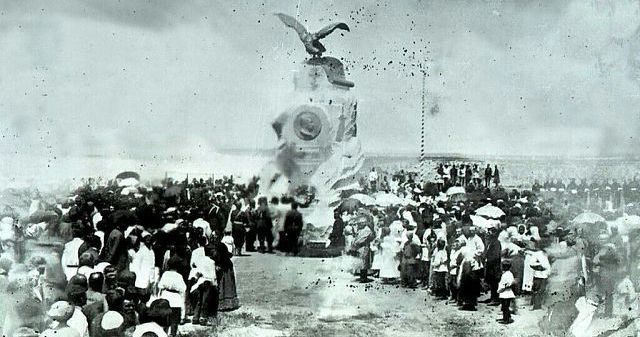
A native of Novgorod Province, Nikolai Matveyevich Barsov, after graduating from Moscow University, was sent to Karakol as a doctor of a military infirmary. He moved here in the beginning of 1880, i.e. eleven years after the foundation of Karakol. The military infirmary was the town's only medical institution before the revolution (aside from a pharmacy which opened in 1899). N.M. Barsov was a progressive Russian intellectual of his times.
He was elected twice as a city elder, was a collegiate advisor and was chairman of the city's orphaned court. The improvement of schools and healthcare and the creation of the town's park named after himself- one of the best in the Turkestan region- were the contributions of N.M. Barsov. Under his guidance in 1895 a park of 18.5 hectares was laid out. Along with Barsov, the local Kirghiz woman Zhamansara Bek uulu took part in creation of the park. Further Zhamansara worked hard on making Karakol's main streets green.
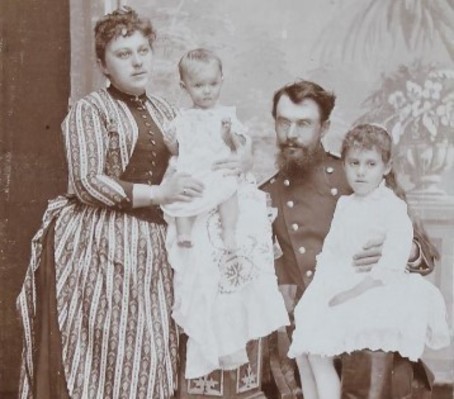
Enthusiastic contemporaries noted that Barsov: - "represents an exceptional creation of the human mind and shows his love to gardening, where giant spruce trees with their peak-shaped peaks peacefully grow side by side with a fragrant Alma-Ata apples, juicy apricot and dark purple cherries."
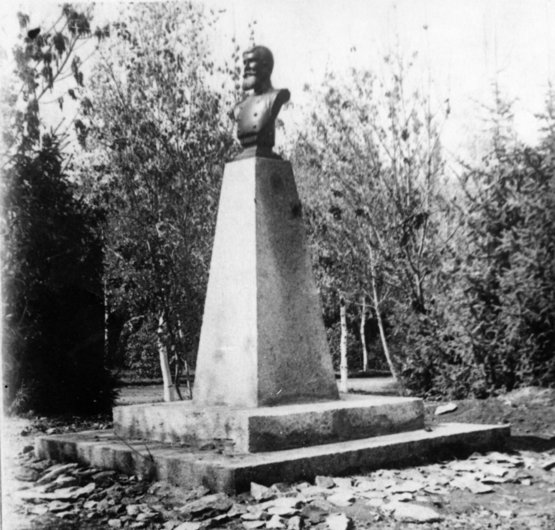
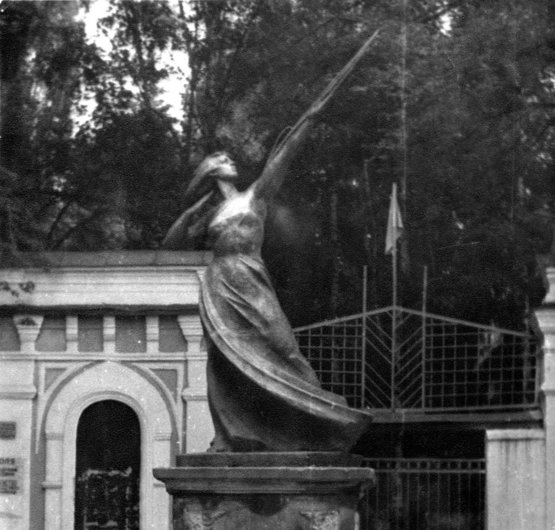
Most recently, one of the streets of Karakol bore the name of Yaroslav Ivanovich Korolkov. He had the rank of Major-General of the Tsarist Army and was a man of original, uncommon character. He graduated from cadet school. Korolkov took part in the liberation of Bulgaria from the Turkish yoke, and was transferred to Karakol upon his own request after completion of the Russian-Turkish campaign in 1880. Here he took command of a mountain battery and was carried away by affairs very far from garrison service, far from the life that surrounded him. What was this life like?
In the words of Baron Kaulbars, the founder of the city, Karakol was called upon "to bring a torch of Russian culture into the jungles of the Tien Shan". Yaroslav Ivanovich established a weather station and started contact with the St. Petersburg Botanical Gardens. He studied the climate and glaciers, collected a herbarium including seeds of the Tien-Shan spruce, developed beekeeping, published articles and scientific reports and assisted in the preparation of the Central Asian expeditions of Przhevalsky, Pevtsov, and Roborovsky. He traveled many times outside of Russia, and after resigning, he returned not to somewhere, but to Karakol; to its mountains and weather stations.
At the present time, dozens of specialists continue what general Korolkov once started on his own. Yaroslav Ivanovich Korolkov, the county governor, the commander of the mountain battery, the colonel, also made a great contribution to the development of beekeeping in the province.
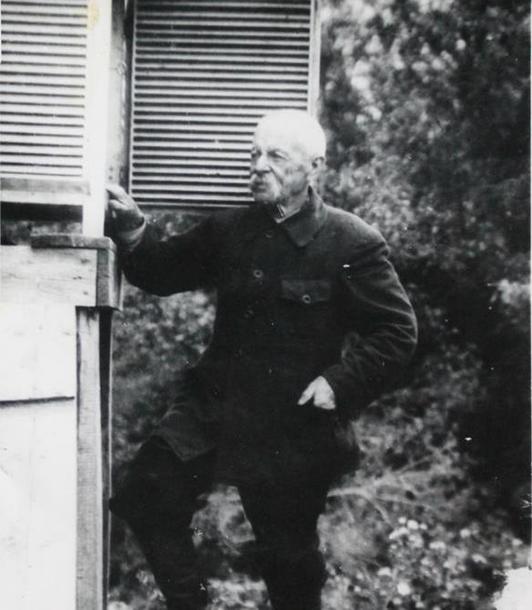
Korolkov-meteorologist-glaciologist, researcher of the climate of Central Asia 1920
In 1907, the Issyk-Kul stud farm of purebred and half-blooded English horses was established in Karakol. Founder captain Viktor Adamovich Pyanoff used his own funds to build a race track and started thoroughbred horse breeding in Semirechye area. In 1910, the state barn with its branches in many of the resettlement villages of the Prisykkuly region was opened. In 1914 another stud farm opened in Osh.
In 1920, 27 purebred horses were donated to the Uryukta state breeding ground for horses. They became the basis for the creation of the Issyk-Kul horse farm №54. In 1922, after the defeat of Basmachi, the Red Army Commissar Leonid Lpovich Rappoport appeared here. He led the stud farm and for many years provided the Red Army cavalry with horses.
In five years the farm already had more than 10 thousand horses! Many people experienced in working with horses were shocked by the scale of the farm. It was one of the first highly developed socialist farms in Kyrgyzstan.
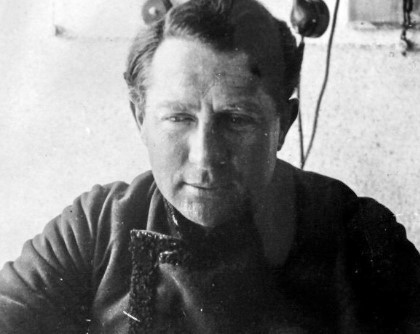
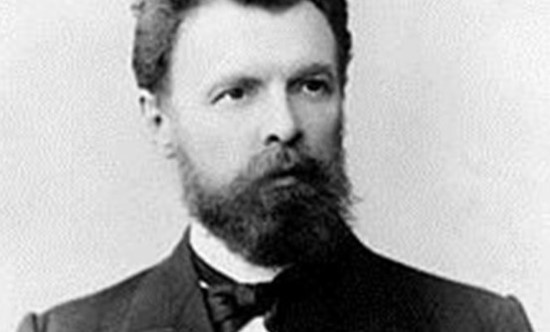
The authoritative Russian geologist Aleksei Petrovich Pavlov began his work in Karakol. Into old age he emphasized that "the town was a springboard in my scientific activity". As it is known, A.P. Pavlov became an academician and the founder of the Moscow Scientific Geological School.
In 1903 Karakol was visited by a young talented scientist, zoologist, limnologist and geographer Lev Semenovich Berg. As a result of this trip, L.S. Berg wrote a treatise on the nature of the Issyk-Kul Lake and the Issyk-Kul Basin. The treatise is the first fundamental discourse about Issyk-Kul, and contains some valuable information about the climatic features in Karakol area.
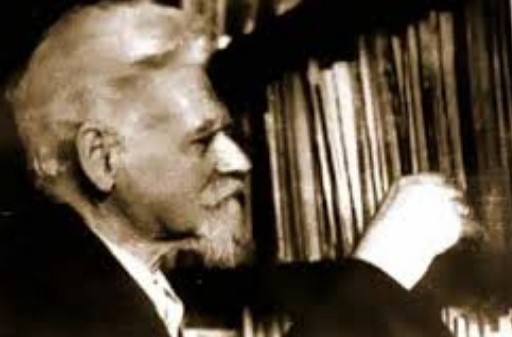
Besides geographers, geologists, biologists and natural scientists, Karakol was visited by many other figures from other branches of science, such as the great orientalists Vasily Vasilievich Radlov and Vasily Bartold and the artist Vasily Vasilyevich Vereshchagin.
In the spring of 1869, Vereshchagin was sent from Tashkent to the Semirechenskaya region for "ethnographic research". On the way to Karakol, the artist visited many picturesque places. As a result of his trip, Vereshchagin created more than 40 paintings and sketches about nature, people, culture, the way of life and customs of the Kirghiz. These became part of the gold fund of the fine arts of Russia.
The famous Kirghiz historian SS. Daniyarov stressed that "thanks to the work of V.V. Vereshchagin the history and culture of the Kyrgyz. people even before the revolution became known not only in Russia, but also abroad. "
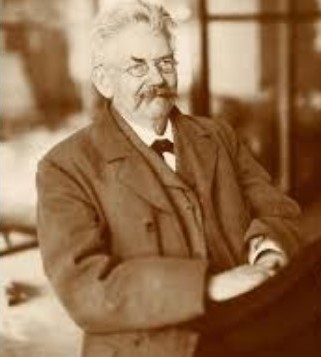
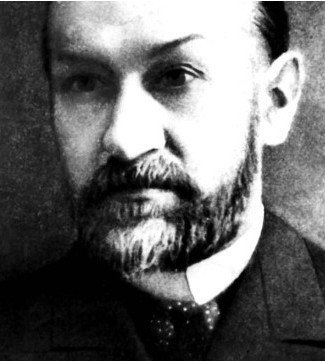
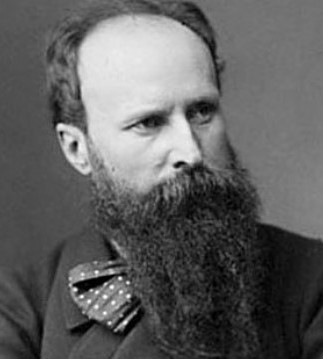
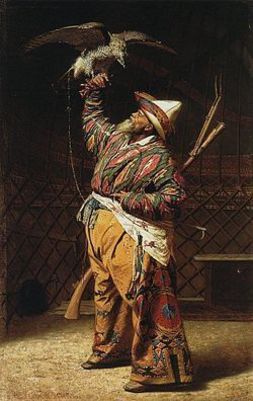
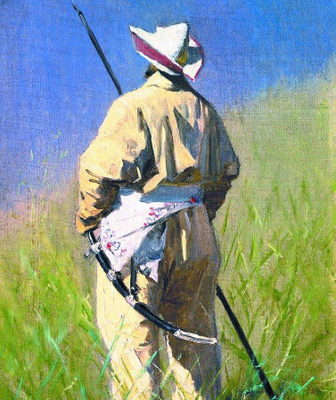
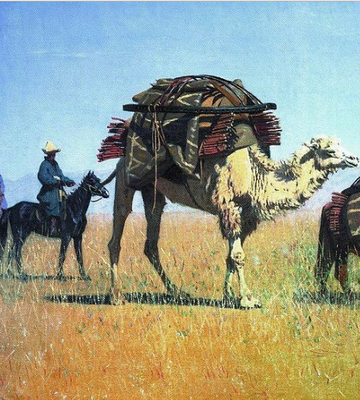
In some years a whole constellation of world-famous scientists and travelers gathered in Przhevalsk (you haven't mentioned before that Przhevalsk was the old name of Karakol, please add this information- see my comment on page 1). In April 1889, after the death of N.M. Przhevalsky, MV. Pevtsov, V.I. Roborovsky, P.K. Kozlov and K.I. Bogdanovich arrived to continue his fifth expedition to Central Asia. In 1903 simultaneously Kaidel, M. Friedrichsgen, E. Hentingon and V.V. Sapozhnikov visited.
Frequent communication with representatives of advanced Russian and foreign culture caused the townspeople to aspire to contribute to the study of the region. Among such enthusiasts were A.P. Tchaikovsky, Ya.I. Korolkov, N.M. Barsov, V. Vyshpolsky, E. Ruckbeyl and others.
V. Vyshpolsky was a city doctor who studied the prevailing illnesses in Issyk-Kul. E. Rückbeyl was an entomologist (insect scientist), passionate nature lover and nature connoisseur and for a long time engaged in establishing entomological collections. The local teachers A.A. Kutsenko, S.I. Abramov, I.I. Babkin and others also created zoological, historical and entomological collections. All of them have made a distinct contribution to the study of the nature and history of the Issyk-Kul region and neighboring regions, which were almost unknown to science at that time.
Prominent investigators of Issyk Kul and the Tien Shan, for example V.V. Sapozhnikov, A.N. Krasnov, I.V. Ignatov, D.I. Mushketov, V.I. Lipsky, worked in Karakol for a long time. Quite often the guests of the city were foreign scientists. For example, four times (1892, 1902, 1907 and 1908) the Austrian professor G. Merzbacher visited here. A lake in Khan-Tengri is named after him. In 1895 a French expedition went there, led by Shaffangjon with the participation of the botanist Ge and the zoologist Monzheni, Hungarian zoologist G. Almashi, American E. Hentington and others.
The project "Preserving the cultural heritage of Karakol" was initiated by the YVO (youth volunteering organization) "Leadership" in cooperation with the Issyk-Kul Oblast State Archive and the media partner "Issyk-Kul Wave" radio station, with the support of Internews. Project Objectives:
- to contribute to the preservation of the architectural heritage of Karakol;
- to develop an interactive online map showing the historical sites of the city;
- to conduct a thematic media campaign to attract the attention of local residents and to develop civic engagement.
Information about the project: http://www.leadership.kg/index.php/ru/save-karakol...
The team of YVO "Leadership" The YVO (youth volunteer organization) "Leadership" team took part in the Laboratory of Media and Social Innovations in Dushanbe (Tajikistan) from May 21 to 23, 2017, organized by the Internews Network in Central Asia. Lab is a social project for solving socially significant problems and addressing the needs of inhabitants of Tajikistan, Kyrgyzstan and Kazakhstan. Such events are a good tool to stimulate the participation of youth, civil society and the IT community in the implementation of socially significant media initiatives. Our team presented the project "Creating an Internet platform about the historical heritage of Karakol". Following the results of the Laboratory, a team of experts and mentors supported one idea from each participating country. Our idea became the winner from Kyrgyzstan, and thereby we won a grant to implement the idea. We express our gratitude to all the mentors and organizers of the Laboratory - 2017 #inLab2017Link to our presentation of the project during the Laboratory:https://m.facebook.com/story.php…
